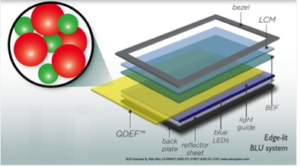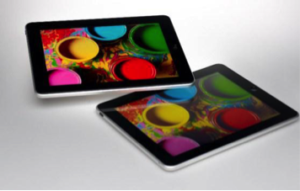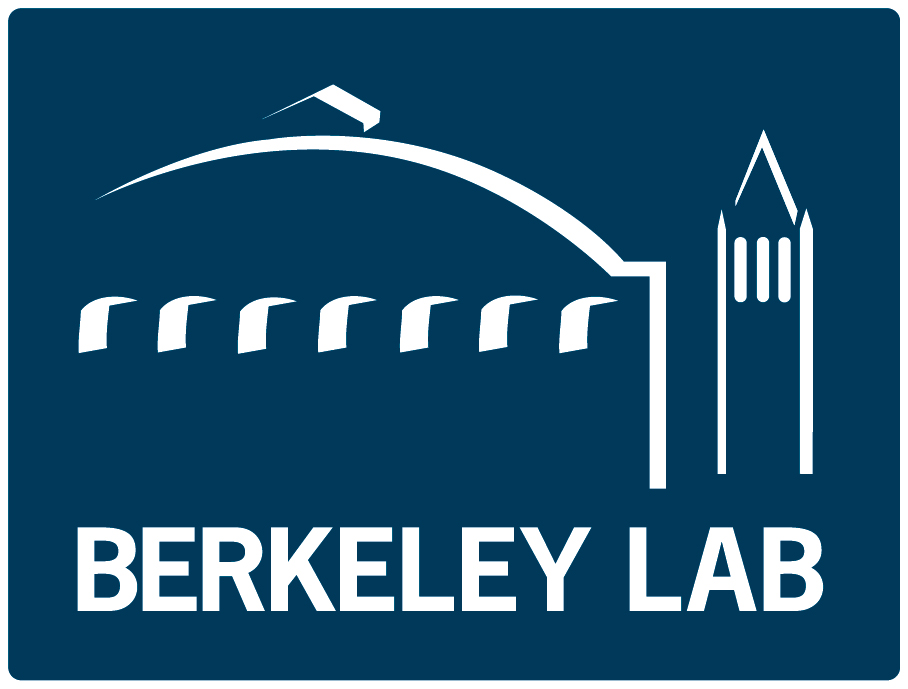

Widespread international use of electronic devices – from tablets and smartphones to laptops and high definition (HD) televisions – yields an increased demand for energy to power them. More energy efficient displays, with uncompromised color accuracy and brightness, are needed.
Lawrence Berkeley National Laboratory discovered that spherical nanocrystals only 50 atoms wide made from a cadmium selenide core inside a cadmium sulfide shell could be made to emit multiple colors of light, depending on the nanocrystals’ size. With further research, LBNL scientists learned to manipulate these nanocrystals, called quantum dots, to emit extremely pure color at nearly 100% photo conversion efficiency.
LBNL’s quantum dot technology portfolio, a breakthrough in nanoscience, was licensed by startup Nanosys, Inc. for use in electronic displays. Nanosys then partnered with LG Innotek and 3M to develop Quantum Dot Enhancement Film™ (QDEF), introduced in 2011.
QDEF, an engineered sheet containing quantum dots, provides a 50% wider color spectrum for brighter, more vivid colors in electronic displays at a comparable price and 20% lower power consumption levels than a standard liquid crystal display (LCD). QDEF is the source of the high color accuracy display in the Kindle Fire HDX7, the Asus NX500 Notebook PC, and Vizio’s P-Series Quantum 4k HDR Smart TV.
In 2014, Nanosys named LMS Co., Ltd. as the second major supplier of optical films based on QDEF. LMS will use the technology for its new Quantum Light Accumulation Sheet (QLAS) to improve brightness and vibrancy for LCDs.
A multi-million dollar plant expansion in 2019 more than doubled production capacity of the company’s quantum dot materials to more than 50 tons per year. As of 2019, consumer electronics brands have shipped more than 10 million devices based on Nanosys’s technology.
